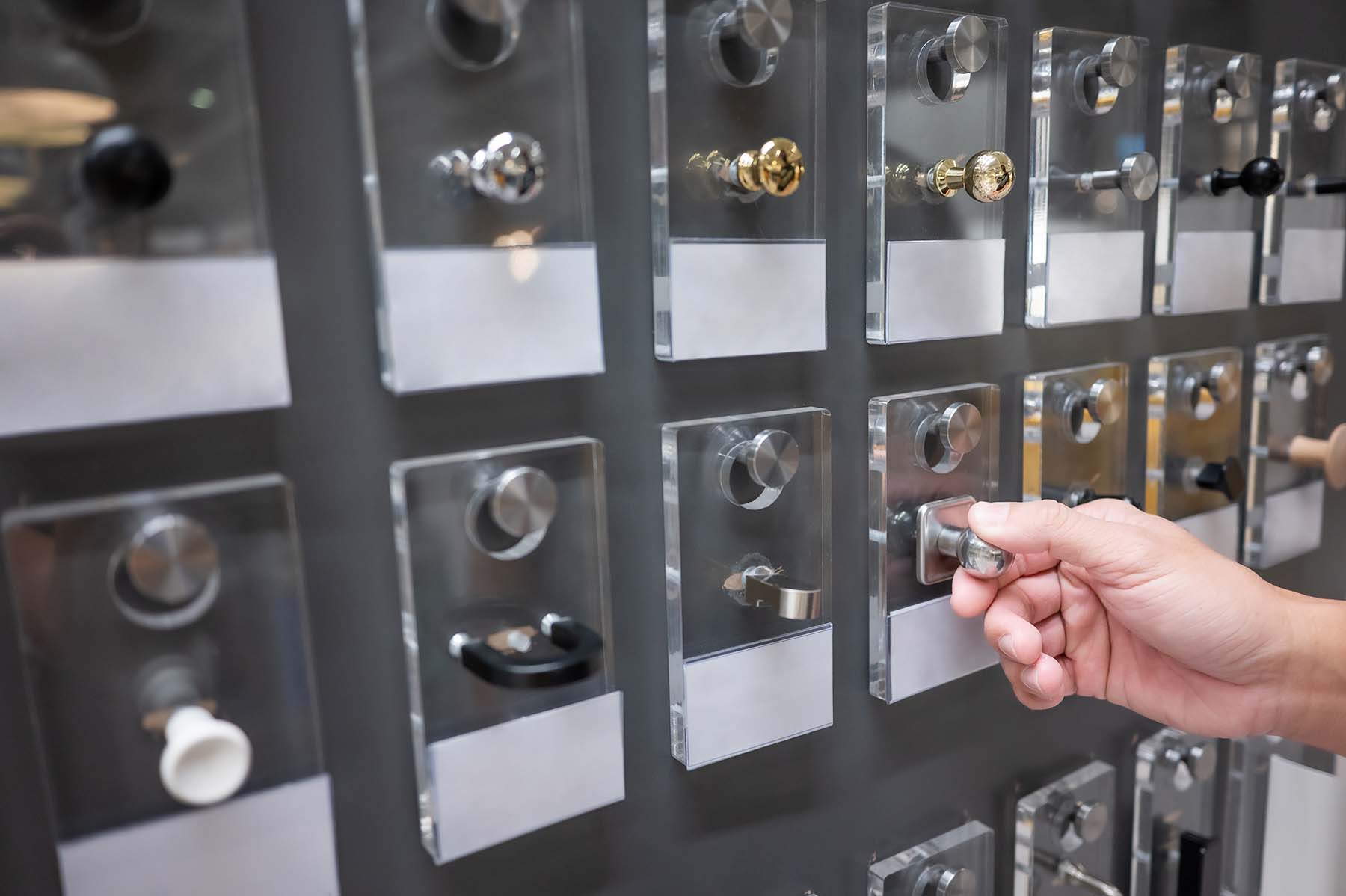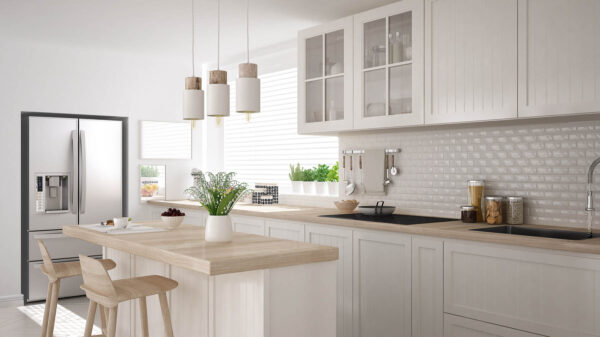Cabinet hardware may seem like a small detail in your home, but it plays a significant role in enhancing the overall aesthetics and functionality of your cabinets. These seemingly minor elements can have a major impact on the way your kitchen or bathroom looks and feels. From knobs to pulls, hinges to handles, this comprehensive guide will help you navigate the world of cabinet hardware, ensuring that you make choices that elevate your space to new heights.
Knobs or Pulls: Deciding on the Right Fit
When it comes to cabinet hardware, the choice between knobs and pulls can greatly influence the overall style of your cabinets. Knobs offer a classic and timeless look, perfect for traditional or rustic spaces. They are easy to grip and can add a touch of elegance to your cabinets. On the other hand, pulls provide a more modern and contemporary feel. They offer a longer surface to grip, making them ideal for larger and heavier drawers. The decision between knobs and pulls ultimately comes down to your personal style and the aesthetic you want to achieve.
Material Matters: Choosing the Right Finish
The material and finish of your cabinet hardware can make a significant impact on the overall look of your space. From polished chrome to brushed nickel, oil-rubbed bronze to antique brass, the options are vast. Consider the existing elements in your room, such as faucets, lighting fixtures, and appliances. Coordinating the finish of your cabinet hardware with these elements can create a cohesive and harmonious design. Additionally, think about the durability of the finish. For high-traffic areas like kitchens, opt for finishes that are resistant to scratches and tarnishing.
Hinges: The Unsung Heroes of Cabinet Functionality
While hinges might not be the first thing that comes to mind when considering cabinet hardware, they are essential for the smooth operation of cabinet doors. Concealed hinges are a popular choice, as they are not visible when the cabinet doors are closed, providing a clean and seamless look. European-style hinges, with their adjustable features, allow you to fine-tune the alignment of cabinet doors over time. Self-closing hinges are a practical addition, ensuring that your cabinet doors close gently and securely.
Backplates and Escutcheons: Adding Decorative Flourish
Backplates and escutcheons are decorative elements that can enhance the appearance of your cabinet hardware. They provide an additional layer of detail and can help protect your cabinets from scratches caused by the hardware. Backplates are placed behind knobs or pulls, while escutcheons are used to cover the keyhole in a lock. These elements can add a touch of elegance and refinement to your cabinets, elevating their visual appeal.
Consider the Cabinet Style: Complementing the Design
The style of your cabinets should influence the choice of hardware. For example, if you have traditional cabinets with raised panels and intricate detailing, consider classic and ornate hardware. For modern and minimalist cabinets, opt for sleek and simple hardware that complements the clean lines of the design. Transitional cabinets can be paired with versatile hardware that bridges the gap between classic and contemporary. By harmonizing the hardware with the cabinet style, you create a cohesive and balanced look.
Functionality and Comfort: Ergonomic Considerations
While aesthetics are important, don’t overlook the functional aspect of cabinet hardware. Consider how comfortable and convenient the hardware is to use. Ensure that knobs and pulls are easy to grip and operate, especially in spaces like kitchens where you’ll be opening and closing cabinets frequently. Think about the size and shape of the hardware and how it fits in your hand. Hardware that feels comfortable to use enhances the overall experience of your space.
Installation and Placement: Precision Matters
Proper installation and placement of cabinet hardware are crucial for achieving a polished and professional look. Use a template to ensure that knobs and pulls are consistently placed across all cabinets. Consider the height and location of the hardware—standard placement is often about 2.5 to 3 inches from the bottom or top edge of the cabinet door. Take into account the proportions of your cabinets and drawers to achieve a balanced and visually pleasing arrangement.
Elevate Your Design with Thoughtful Hardware Choices
Cabinet hardware is the finishing touch that can transform your space from ordinary to extraordinary. By carefully considering the style, material, finish, and functionality of your hardware, you can create a cohesive and visually appealing design. Remember that cabinet hardware is not just about aesthetics—it’s also about how your space functions on a daily basis. With the right hardware choices, you can elevate your cabinets and elevate your entire living environment.





